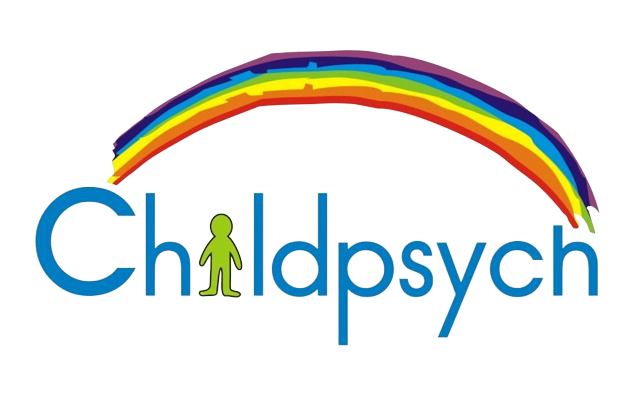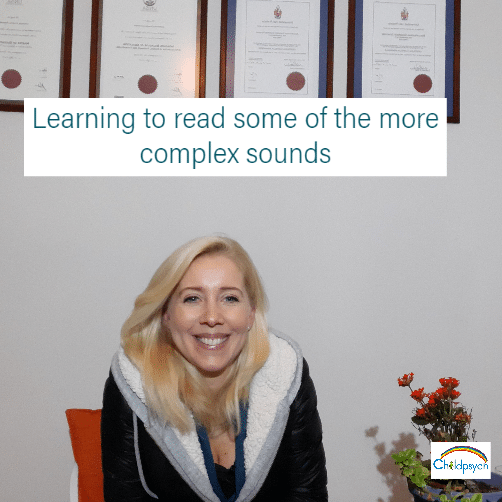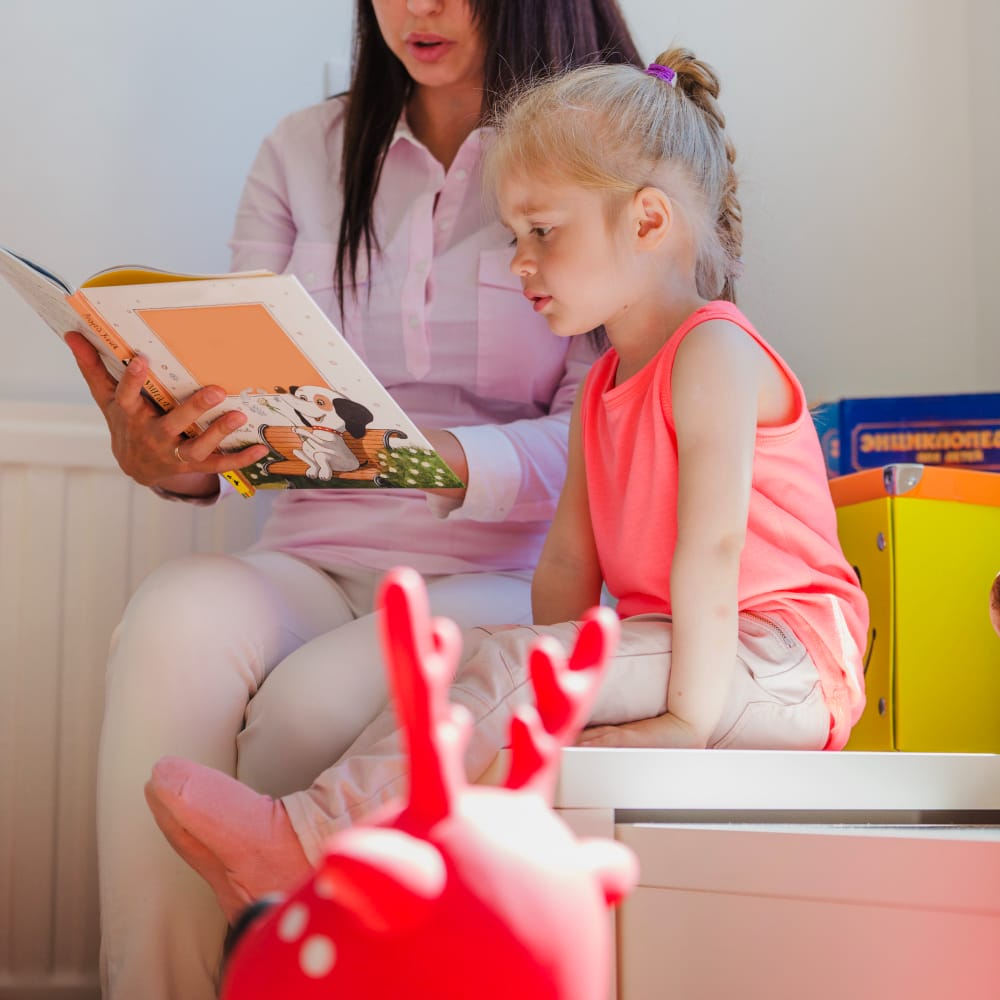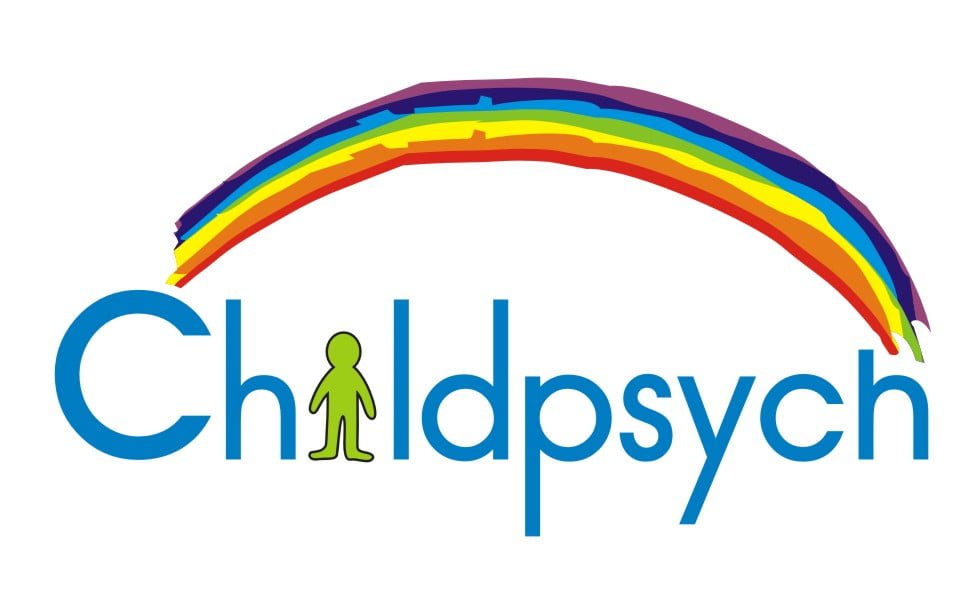Welcome back to our series on Early Learning and a special welcome to all our new followers! We have many new people who have joined our little community this week.
In last week’s video I showed you the basics on how to teach your child to read. And we focused mainly on phonics and words that make sense phonetically. But as we know: English has many sounds that don’t look the way they sound. And also many single sounds that are made up of two or three different letters. Today I want to focus on how to teach your child these more complex sounds.
Now, there are far too many sounds for us to cover them all in this video. Also, it takes many years of schooling to introduce them all to children. Our aim is not for your child to know all the sounds this early on. The expectation is not for them to be reading fluently by the time they go to school. Rather, I want to provide you with a map to help your child navigate some of the more complex sounds he is likely to come across as he is learning to read.
Learning to read “th” and “sh” sounds:
Your child will often come across words beginning with “th” or “sh” as they learn to read books. Think about how commonly words like: the, this, that, then, she, should and shout appear in everyday texts. I tell my children a story about the two consonant sounds getting married and making an altogether new sound. So when “t” marries “h” they become “th”. Similarly when “s” and “h” marry they become “sh”.
Lets look at “oo” and “ee” sounds:
Many words will contain the sounds “oo” or “ee”. Think about words like: book, look, took, zoo, see, tree, three and sleep. Again, I introduce these sounds to my children through the use of a story. I tell them the the letters o and e can sometimes have twins, which make longer sounds when they are together.
In a previous video we introduced the concept of word families. Now, word families is one of the cornerstone concepts of learning to read. To help your child learn the “oo” and “ee” word families you can make:
- Word family rolls
- The “Look” sign
- Froot Loops words
- (Check the video above for more information on these activities)
Learning to read magic “e” words:
When children first learn to read, they may become confused by the fact that the same vowel is sometimes pronounced as a short sounds and at other times pronounced as a long sound. Think about the difference in the way the letter “a” sounds in words like “cat” and “cake” for instance. Words with long vowels usually have an “e” at the end and I teach my children that that “e” has the magic to transform the sound of the vowel earlier in the word.
Ways to practice magic “e” words while learning to read are:
- Making rainbow magic “e” words
- Using a magic “e” wand
Learning about diphthongs:
Sometimes two different vowels together make a new sound. This can be a difficult concept. But I have found a very easy way to teach children how to read these diphthongs. Remember to teach them that there are always exceptions to every rule. In short the tip is this: When two vowels are together the sound is represented by the letter name of the first vowel.
For instance in the words:
- Boat, goat, float – the sound is represented by the letter o
- Say, pay, day – the sound is represented by the letter “a”
- Meat, heat – the sounds are represented by the letter “e”
- Train, pain, rain – the sounds are represented by the letter “a”
Teach your child to read diphthongs by:
- Making Sliders
- Making DIY word family books
- Watching this video called: “When two vowels go walking”
Have you watched the previous videos in this series yet?
Here is a link to last week’s video on “how to teach your child to read”.
And also: Six mistakes parents make when teaching a child to read.
Happy teaching – have a good week everyone!




